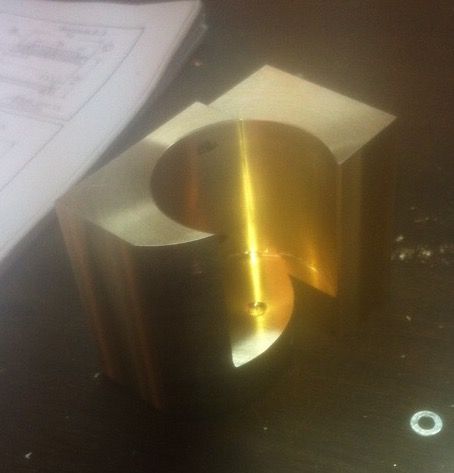Intermediate state:

And a near finished one with a very bad camera
I had quite a lot of headaches on the radii - specifically on de long side. I did not want to make a specific setup tool. I thinned down the center part and tried to blend in the radius while having the rod 'head' in the vice. Sorry no pics. Due to this not very stiff setup i had quite a lot of work to remove the machining marks.
But all in all it came out sufficiently ok.
Henk

And a near finished one with a very bad camera

I had quite a lot of headaches on the radii - specifically on de long side. I did not want to make a specific setup tool. I thinned down the center part and tried to blend in the radius while having the rod 'head' in the vice. Sorry no pics. Due to this not very stiff setup i had quite a lot of work to remove the machining marks.
But all in all it came out sufficiently ok.
Henk



























































![DreamPlan Home Design and Landscaping Software Free for Windows [PC Download]](https://m.media-amazon.com/images/I/51kvZH2dVLL._SL500_.jpg)





















